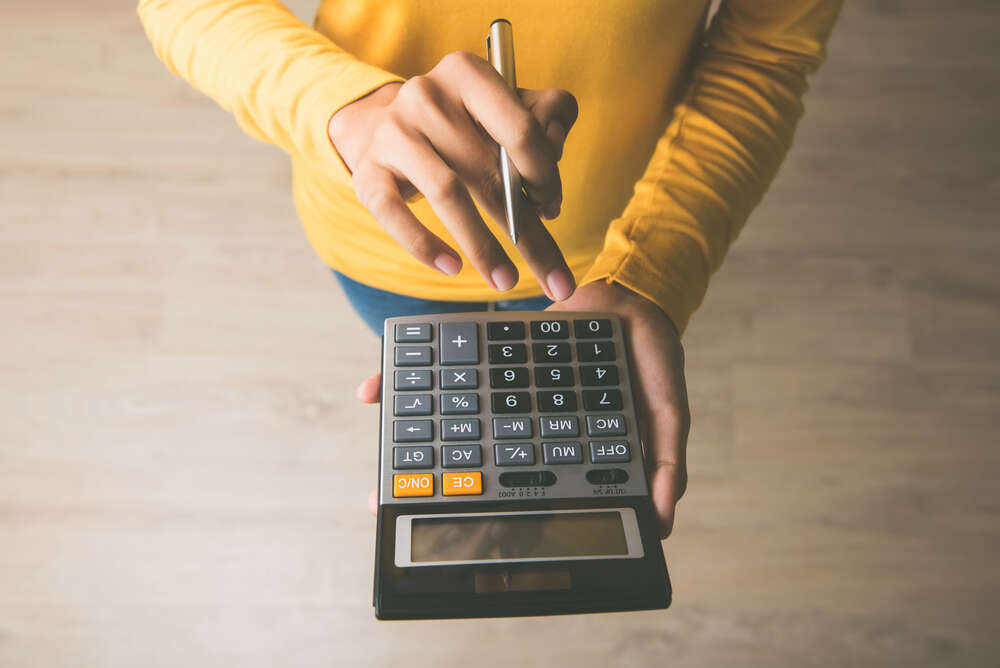
Data is being created at such rapid rate that two new units of measurements have been designated by the General Conference on Weights and Measures (CGPM), the inter-governmental body responsible for measurement, for the first time in more than 30 years. The ronna and quetta will now follow the zetta and yotta, giving official names to big numbers with more than 27 or 30 digits.

A meeting of the CGPM in Versaille, France, today, saw the new units approved. A ronna is a number with 27 zeroes and a quetta is one with 30 zeroes. For very small numbers there is also the ronta for a number with 27 zeroes after the decimal point and a quecto for one with 30 numbers.
This is the first expansion of the International System of measurement (SI) prefixes since 1991 when zetta (21 zeros) and yotta (24 zeroes) were added. Those prefixes were added to meet the needs of chemistry, providing an easier way to show the number of units in a mole – the measure of the quantity of a substance.
At the time the world wide web was only two years old, with no country having more than one user for every 100 people. The idea of needing a zettabyte worth of storage was barely even a pipedream – last year the world produced 62 zettabytes of data and we are said to be living in the zetta-era.
The amount of data produced per year is expected to hit 181 zettabytes by 2025 and a yottabyte by 2030 – growing exponentially year-on-year as the world adopts more data intensive technologies including artificial intelligence and quantum computing.
The ‘global datasphere’ is growing exponentially
The National Physical Laboratory (NPL) leads the expansion on SI unit prefixes and Dr Richard Brown, head of metrology said the new units were required because of the growing requirements of data science, digital storage and the “exponentially growing size of the global datasphere”.
The datasphere is already using zetta and yotta at the top end of the scale and some online tools and converters are making up names for what comes next – so the CGPM wanted to create official names that matched the existing naming conventions before something unofficial such as brontobyte has a chance to stick.
The prefixes for very small numbers are useful for quantum science and particle physics, where engineers and researchers work with sizes that are a fraction of a fraction of a byte.
They also have a use outside of data and can be used with any type of unit of measurement. For example, the Earth weighs about six ronnagram and Jupiter two quettagrams. A single bit of data on a mobile phone will add about 10 quectograms to its total mass and an electron weighs a rontogram.
“This activity not only ensures global measurement remains stable and comparable, but also allows society to have confidence in measurement data,” the NPL explained in a statement. “As part of this, ensuring there are globally agreed prefixes as part of the SI, to use with measurement data, is essential for the effective communication of scientific information across technical disciplines.”
Dr Brown said the SI units expand in response to advances and demand from science and technology, where access to a broader range of magnitudes are required.
“This most recent change is essential to meet the requirements of data science and the ever-growing global datasphere – growth that we expect to accelerate with more widespread digitalisation and the advent of new technologies, such as quantum computing," he says. "These new SI prefixes will allow clear and unambiguous communication of these measurements for many years to come.”
Metrologists believe the prefixes should be enough to meet the needs of science and technology for the next 25 years. It has been 31 years since the last update, and we are only just reaching the top end of the scale.
Official designations for big numbers
Ronna and quetta were selected as ‘R’ and ‘Q’ are the only letters not already associated with an existing prefix. Some services had been using bronto or hella for big numbers with 27 zeroes, but b is already used for byte and h is used for hecto, the prefix that represents the number 100.
“Five years ago I was listening to the BBC More or Less radio program that was discussing bronto and from an official metrology point of view, this sort of horrified me,” Dr Brown told Tech Monitor.
That prompted him to explore a solution and push for official new prefixes for 27 and 30 zeroes that used the two remaining letters, had the a and o final letters and didn’t offend anyone.
“French and English are the official languages so those are the ones you have to worry about the most. But obviously you want to avoid other meanings if possible,” he said. Originally one of the words they considered was quekka, which draws from the Greek for 10 but queca is a Portuguese swearword “so probably one to avoid," Dr Brown adds.
He doesn’t see a need for anything above 30 zeroes for a long time, at least another 25 years as it is an order of magnitude above the current highest amount of data. “There was a clear pressure here because these unofficial terms were starting to be seen more and more and being used in various contexts," he explains.
There isn’t any point adding prefixes that people won’t use, Dr Brown explains. The CGPM instead aims to react to demand in enough time that they can be used when they are needed, such as responding to chemistry demands in the early 90s and data demands this year.






